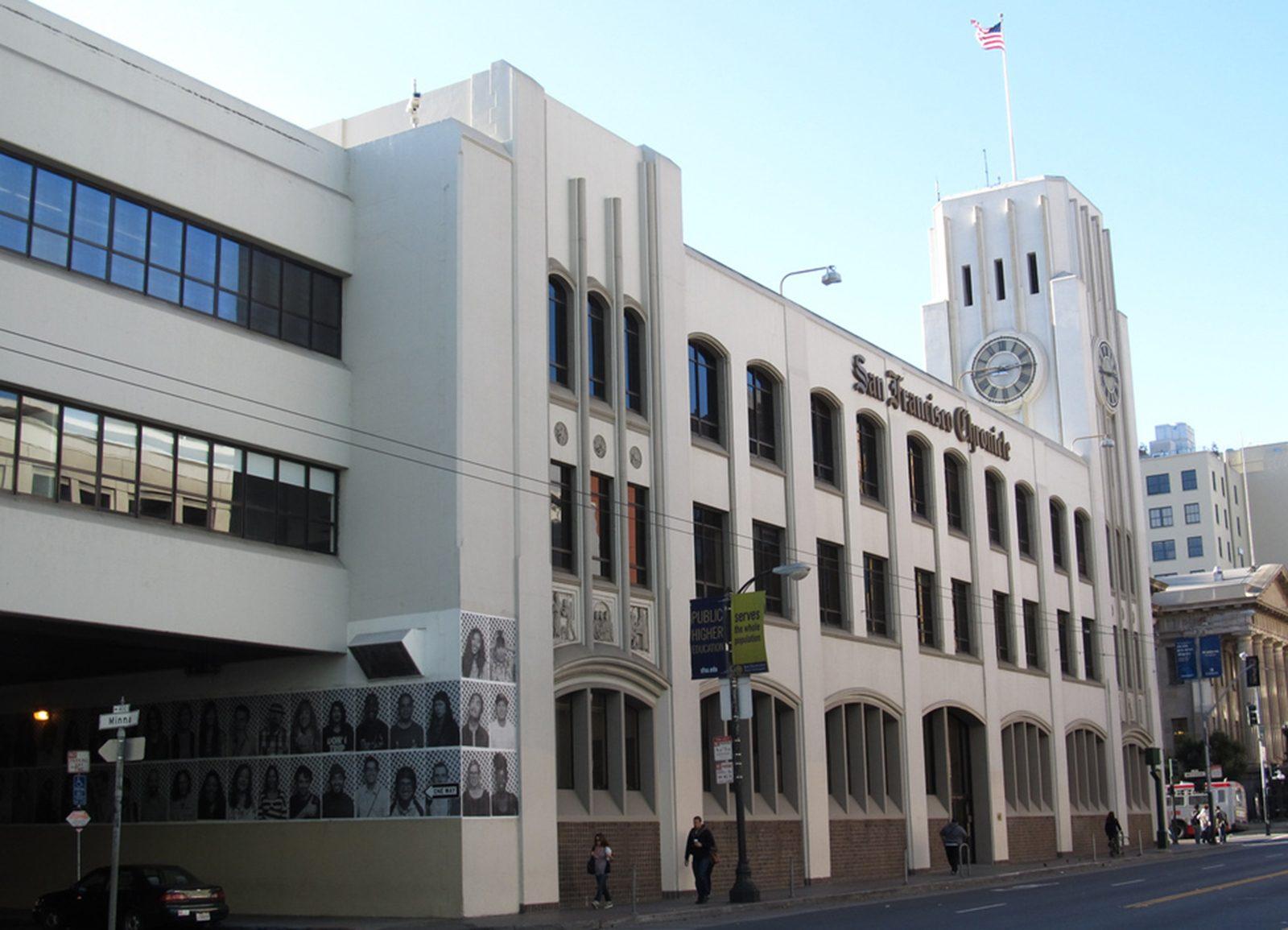For many, what goes on in a newsroom is an utter mystery. We all consume news, in some form or another, but its conception is a distant and unclear process to those unfamiliar with it. Contrary to some popular beliefs, news editors do not sit around a board table and intentionally select biased stories in an attempt to propagate their personal views. News is not created, it is reported. The difference between the two processes is crucial to understanding the purpose of journalists and our vital line of work.
San Francisco Chronicle Editor-in-Chief Audrey Cooper clarified the journalistic process in a letter from the editor on Saturday, regarding the reporting of the Ghost Ship warehouse fire on Dec. 3. Besides actually listing the events and their relevance, Cooper explained three tenets to which all journalists must adhere. Cooper said that Chronicle journalists “never pay for interviews,” “never hush mourners” and “never misrepresent” themselves.
“We don’t always explain how we do it to you, the people who see the finished product,” Cooper said in the letter, about what goes into a news story. “I’d like to change that.”
The most striking thing about Cooper’s letter is her intent. In today’s reality, where the tales of Pizzagate and John Podesta’s “Spirit Cooking” dinner are disseminated under the guise of truth, media literacy is more important than anything. The first step is reinstating a level of transparency in newsrooms. By doing so, the general public can connect to the information being consumed. The source is known, the process is understood and the information is once again valid in the perspective of the people.
Cooper, a Boston University alum, went on to say that in order to earn the financial support of readers, journalists must first earn their trust.
“Our editors agree that we need to share more of this process with you,” Cooper said. “I won’t be a stranger to these pages, and we will have regular discussions about how we cover the news — what we are doing, how we do it and, most importantly, why.”
She made the important distinction that we are all in this together. Whether it is print, television or radio, journalism is — especially now — marginalized by its misunderstood practices. Cooper should have taken her letter one step further and actually explained to the Chronicle’s readers the steps a journalism takes to complete a story. From the beginning of scouting the idea to calling sources to writing a lede, these are the steps taken to ensure we deliver the best and fairest possible content. This is why all journalism is absolutely necessary, and it could have been further clarified.
Another point that could have been better presented is the tone of the article regarding news coverage from other outlets.
“A few national outlets have announced plans to send reporters out to find answers to questions raised by the Ghost Ship warehouse fire,” Cooper said. “We already are doing that. It’s called news reporting, and we have dozens of journalists who have been breaking those stories for days.”
It is incredibly frustrating to see a botched journalistic job, especially in your backyard. It is something we struggle with on campus every day. We present ourselves every day, putting in the hours it takes to deliver exemplary content and then face competition from those who would not adhere to Cooper’s commandments. However, there is a line between voicing and opinion and becoming blatantly defensive. The San Francisco Chronicle is an excellent news outlet, one that can allow its work to speak for itself. There is no need to belittle other organizations.
Cooper’s letter reminds us, as journalists, that we must always look forward. Our work is never complete, and we must make our intent perfectly transparent. We deliver the truth, and that must not be forgotten.






















































































































